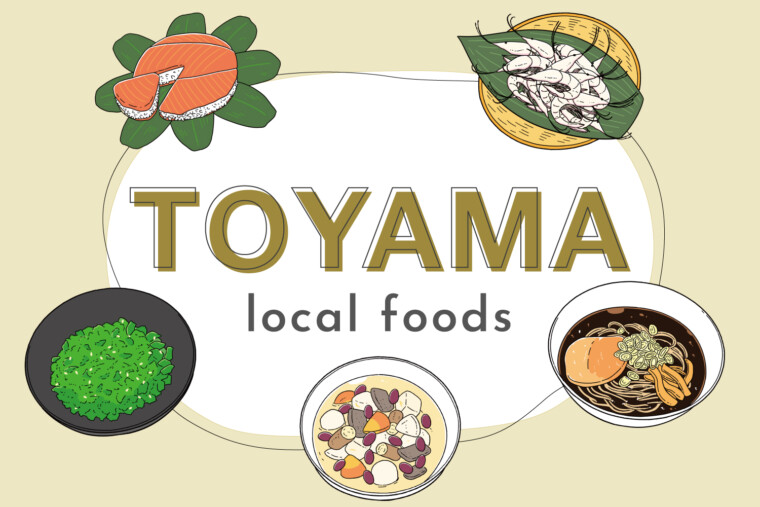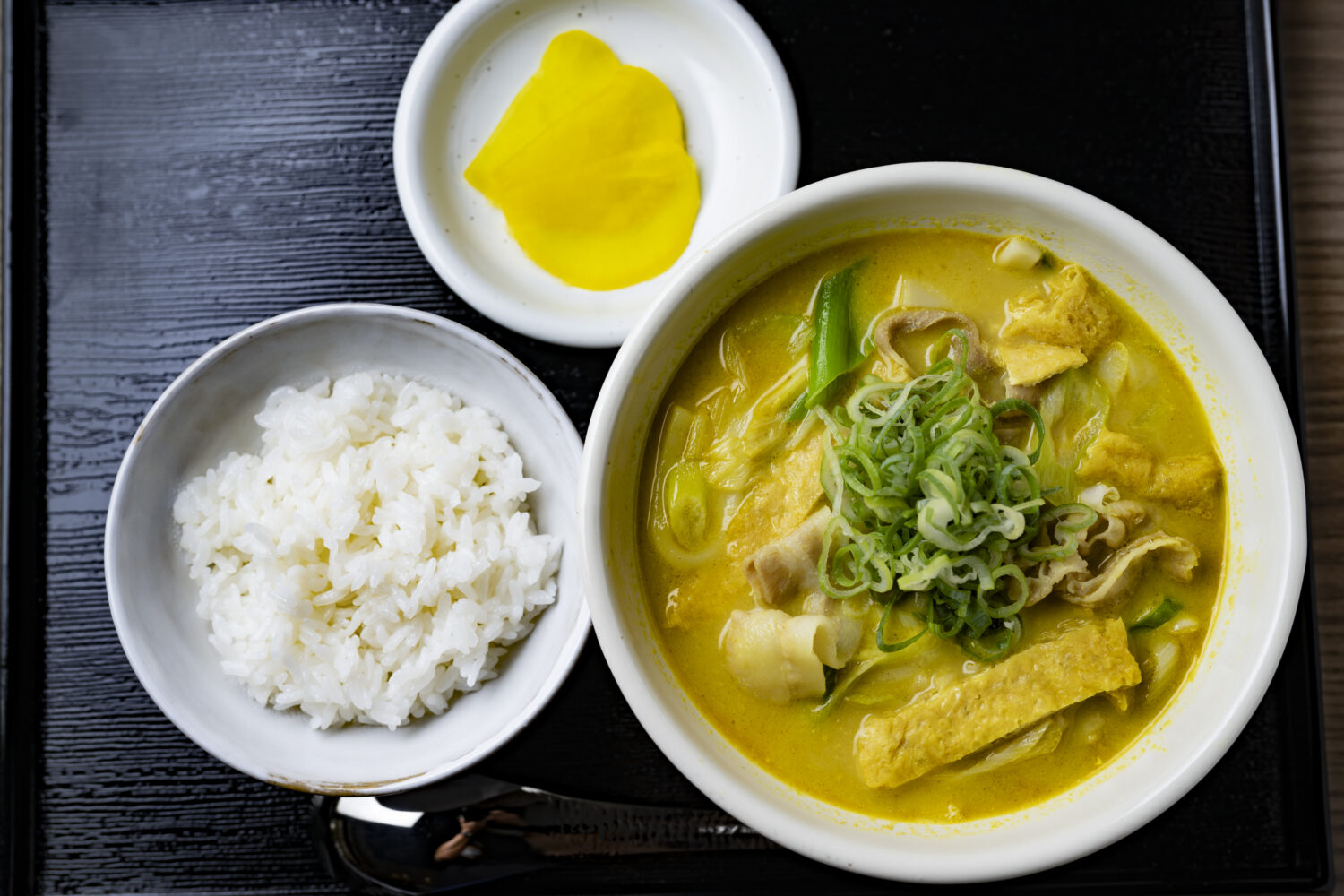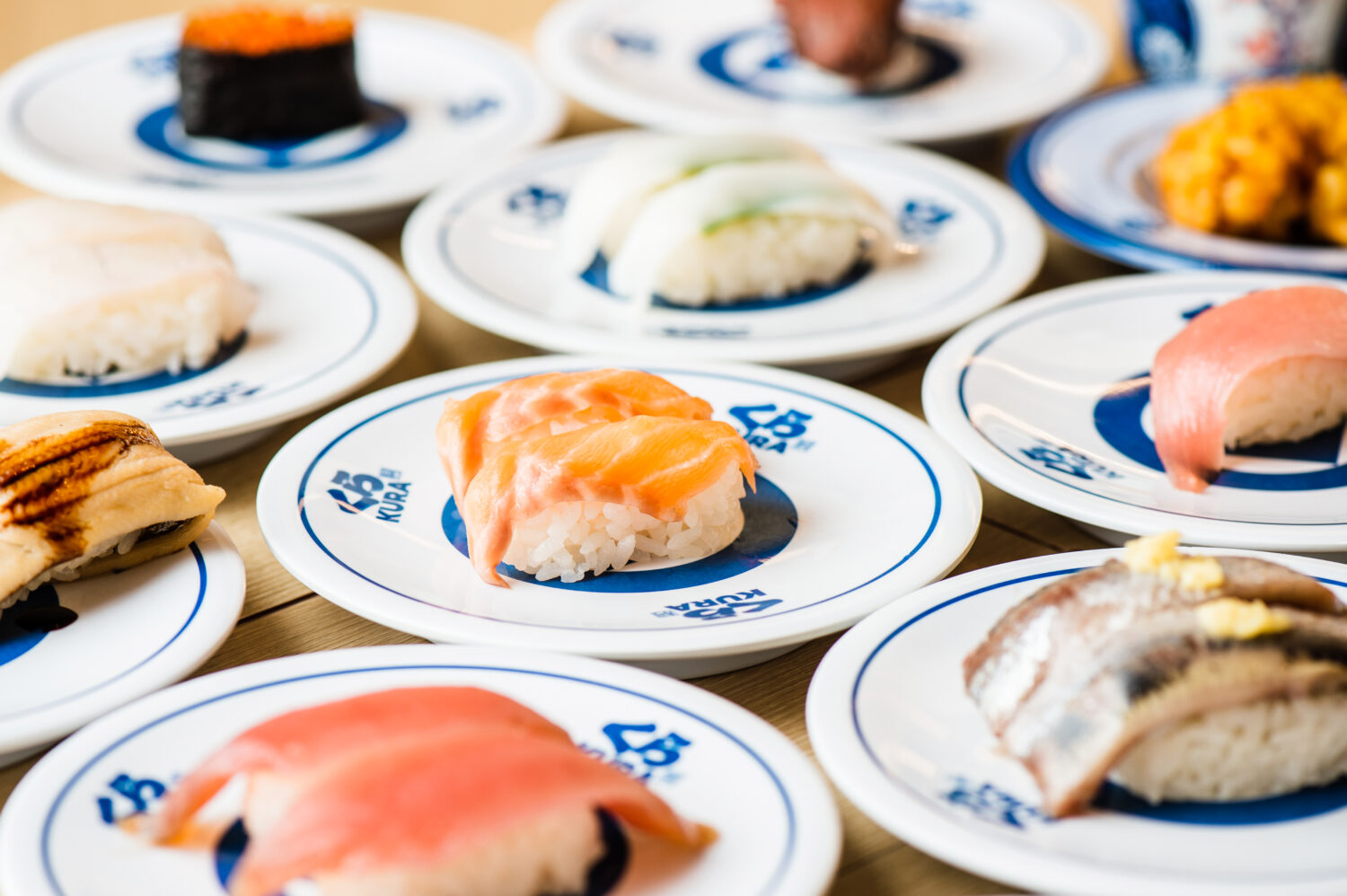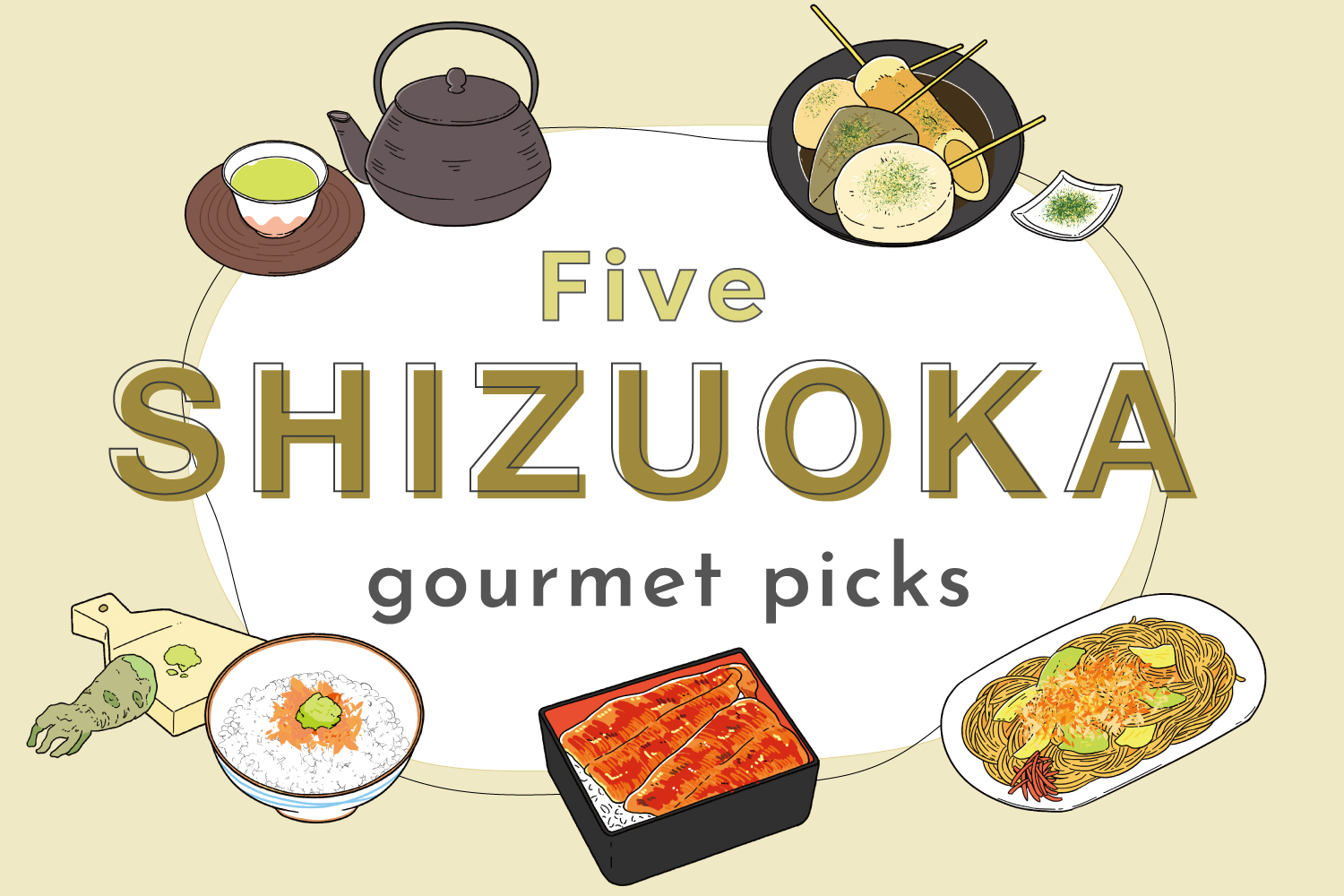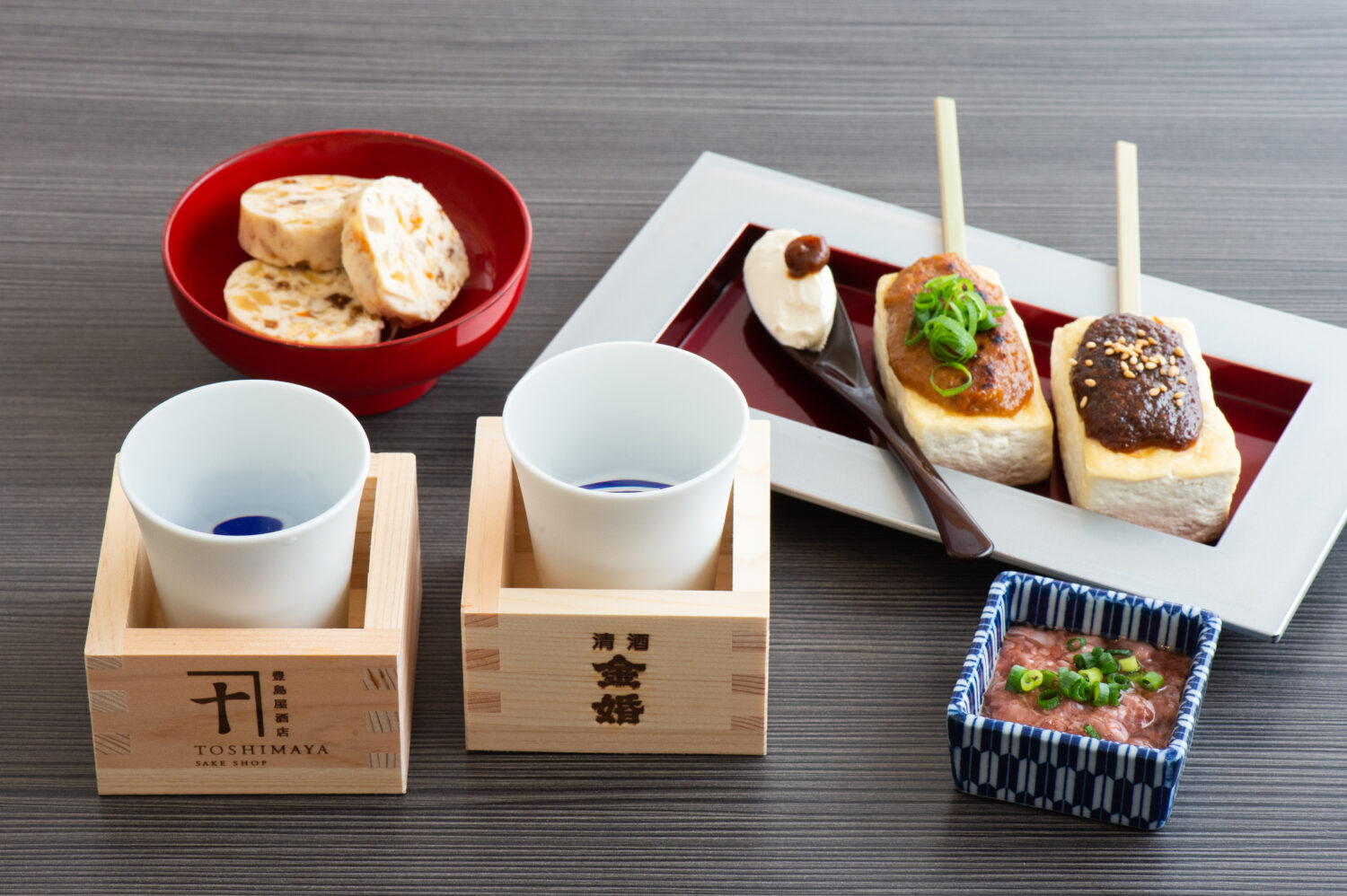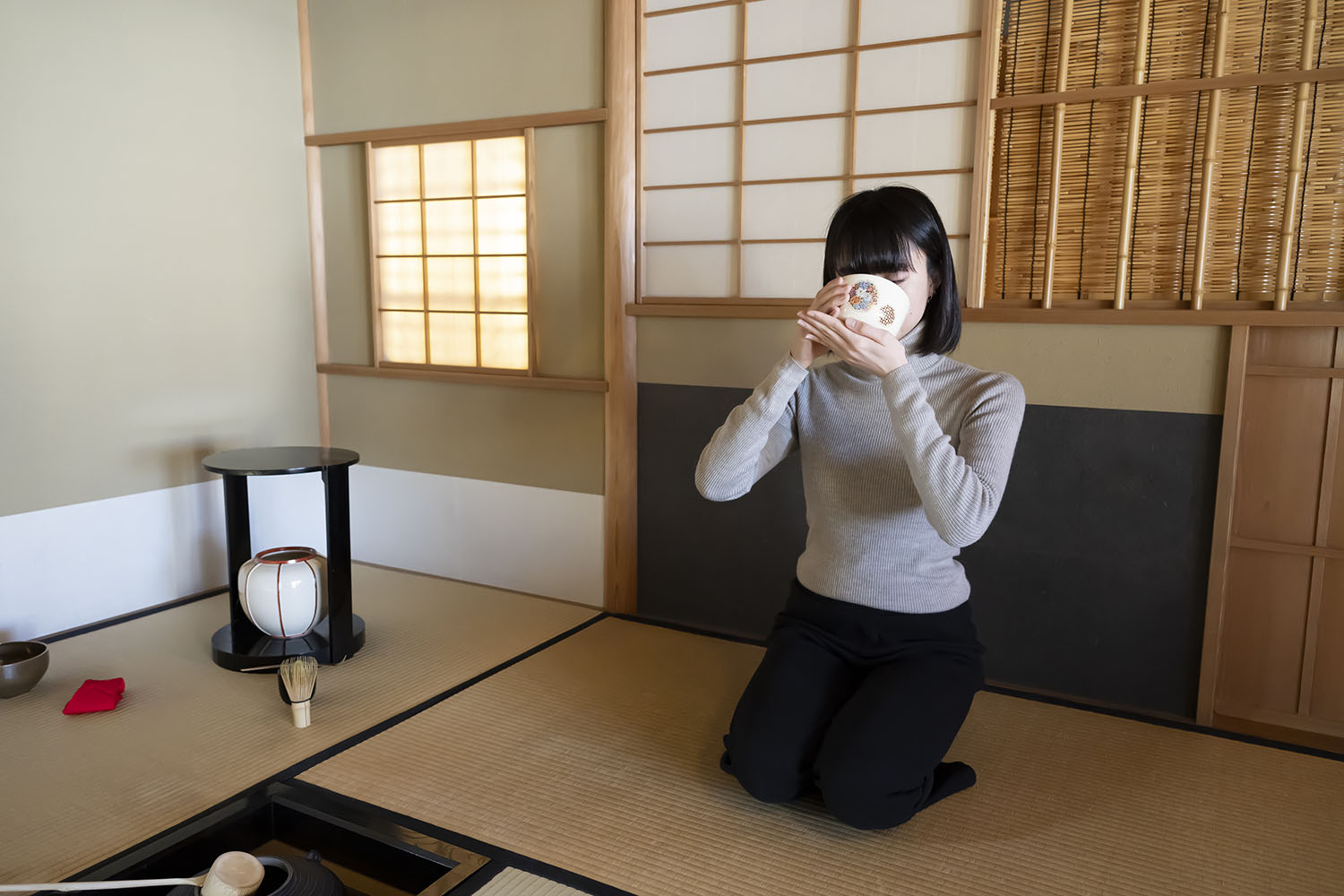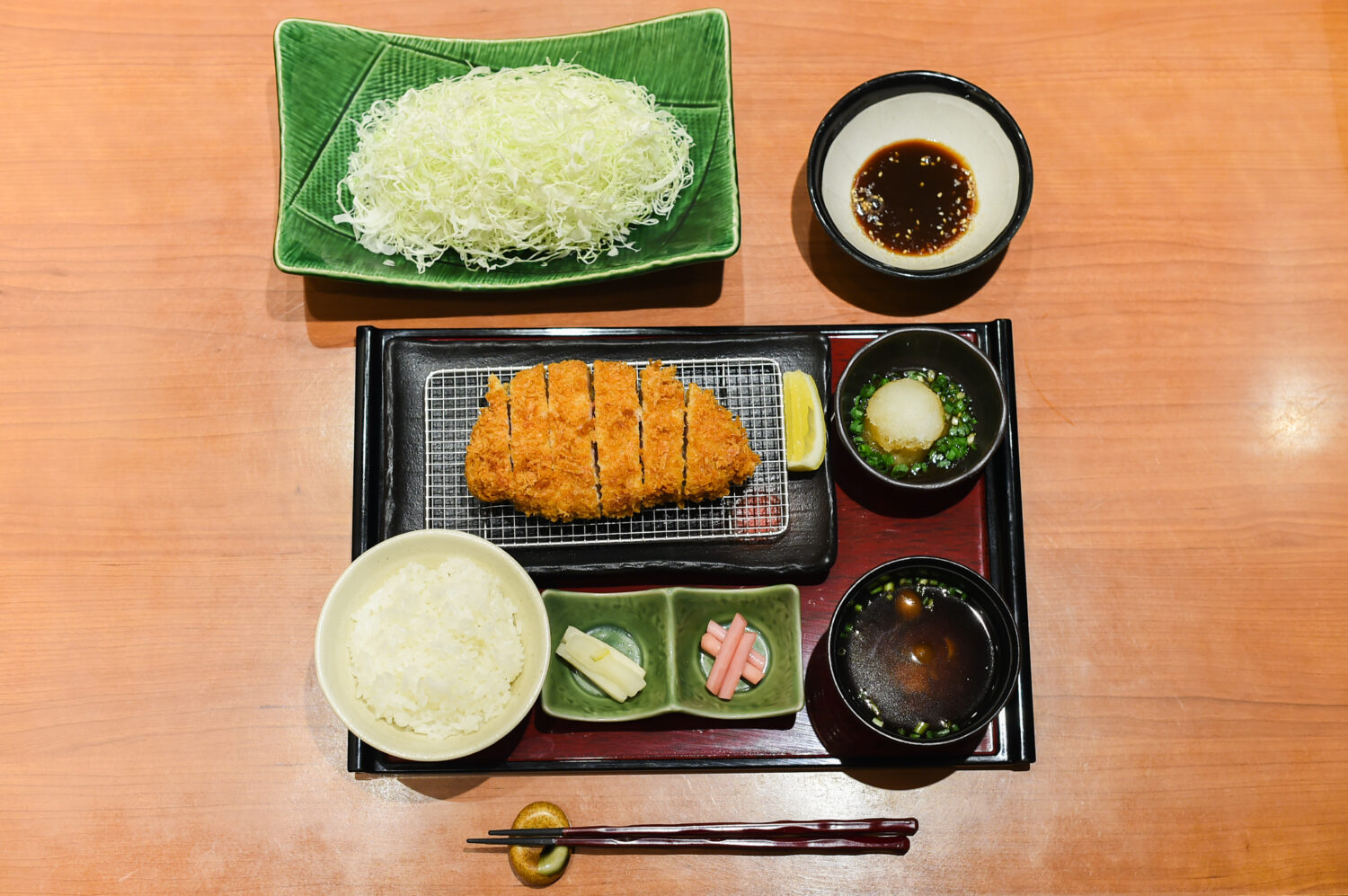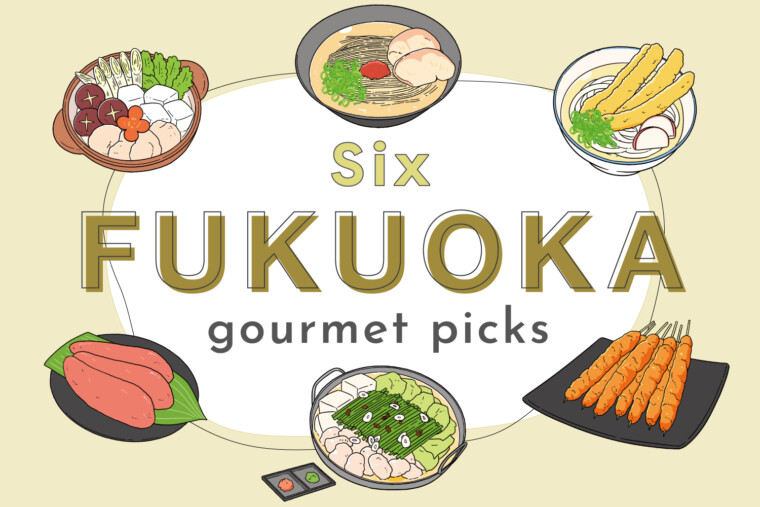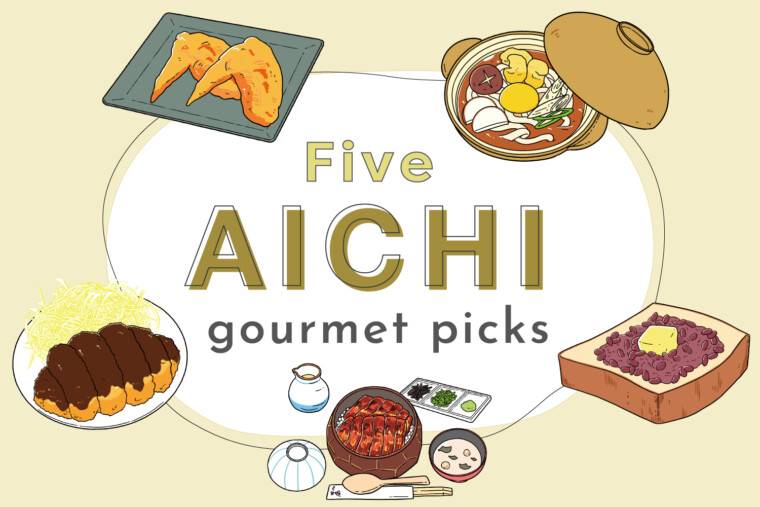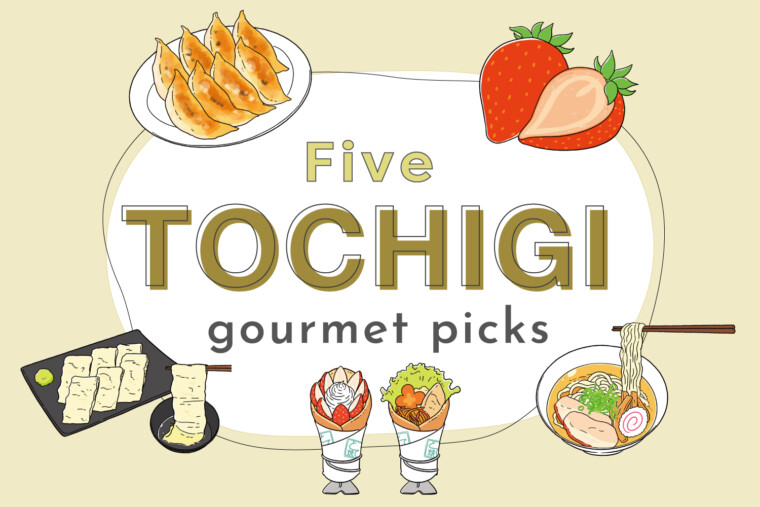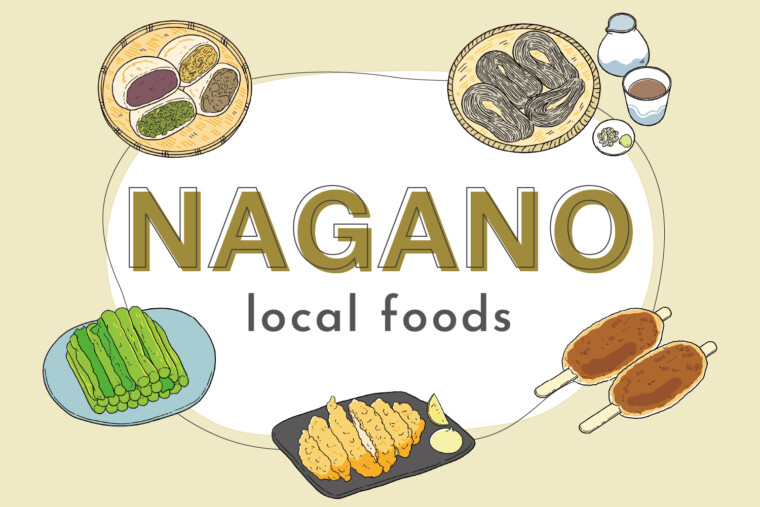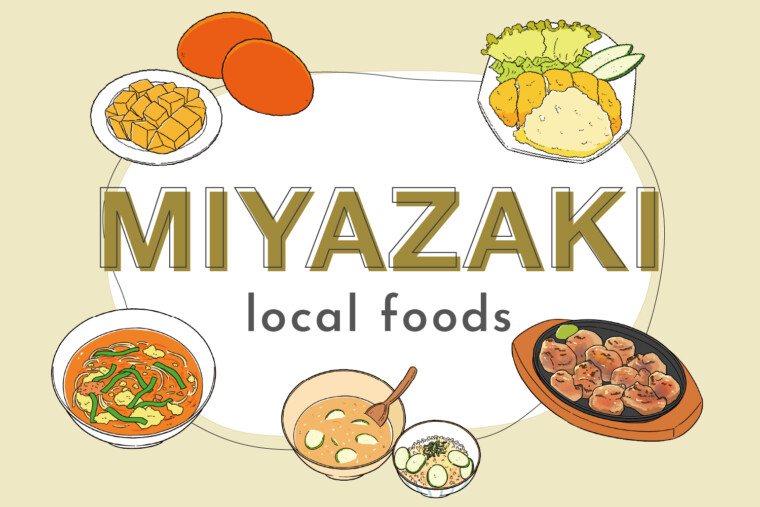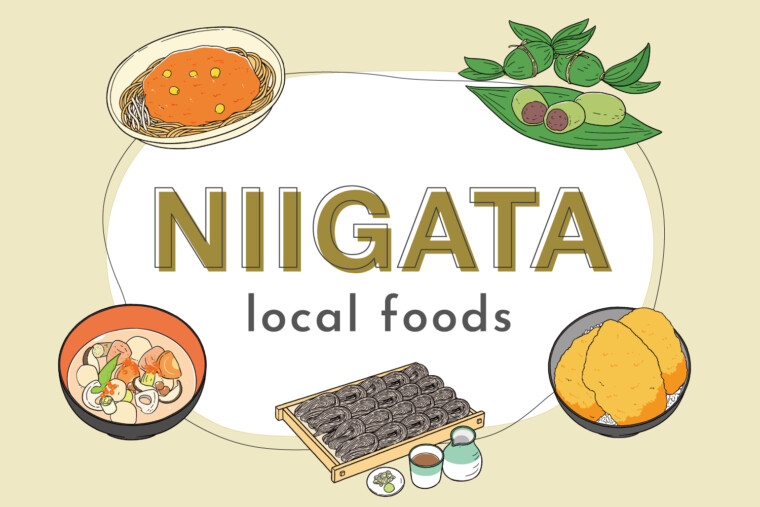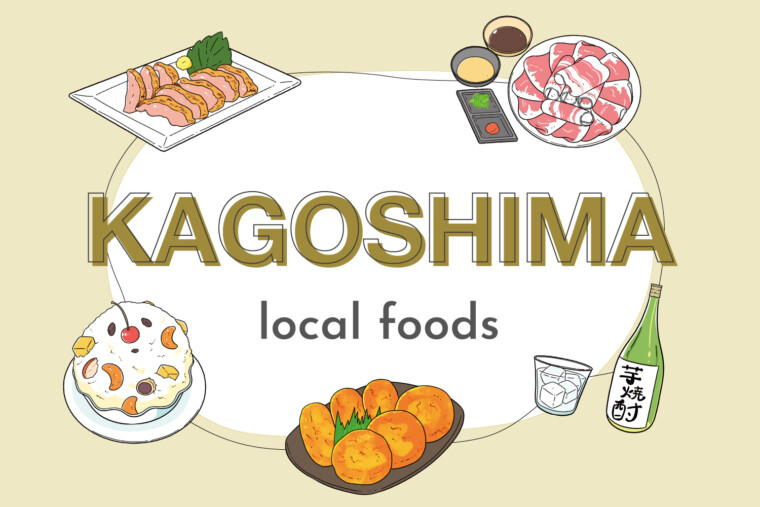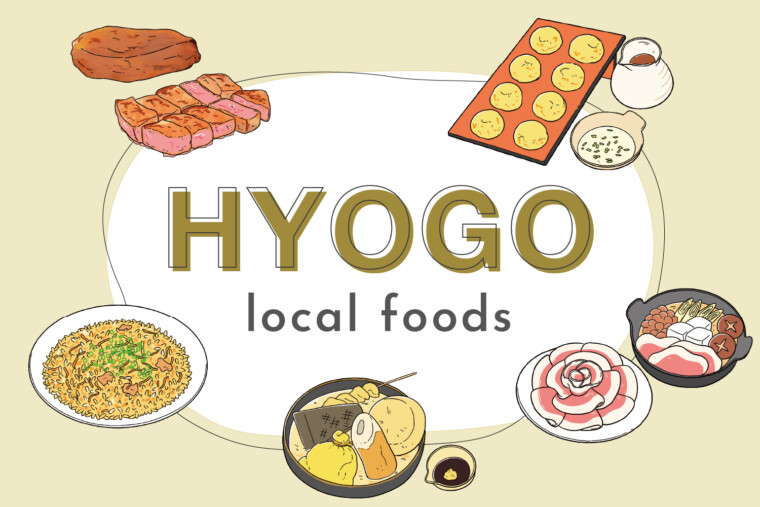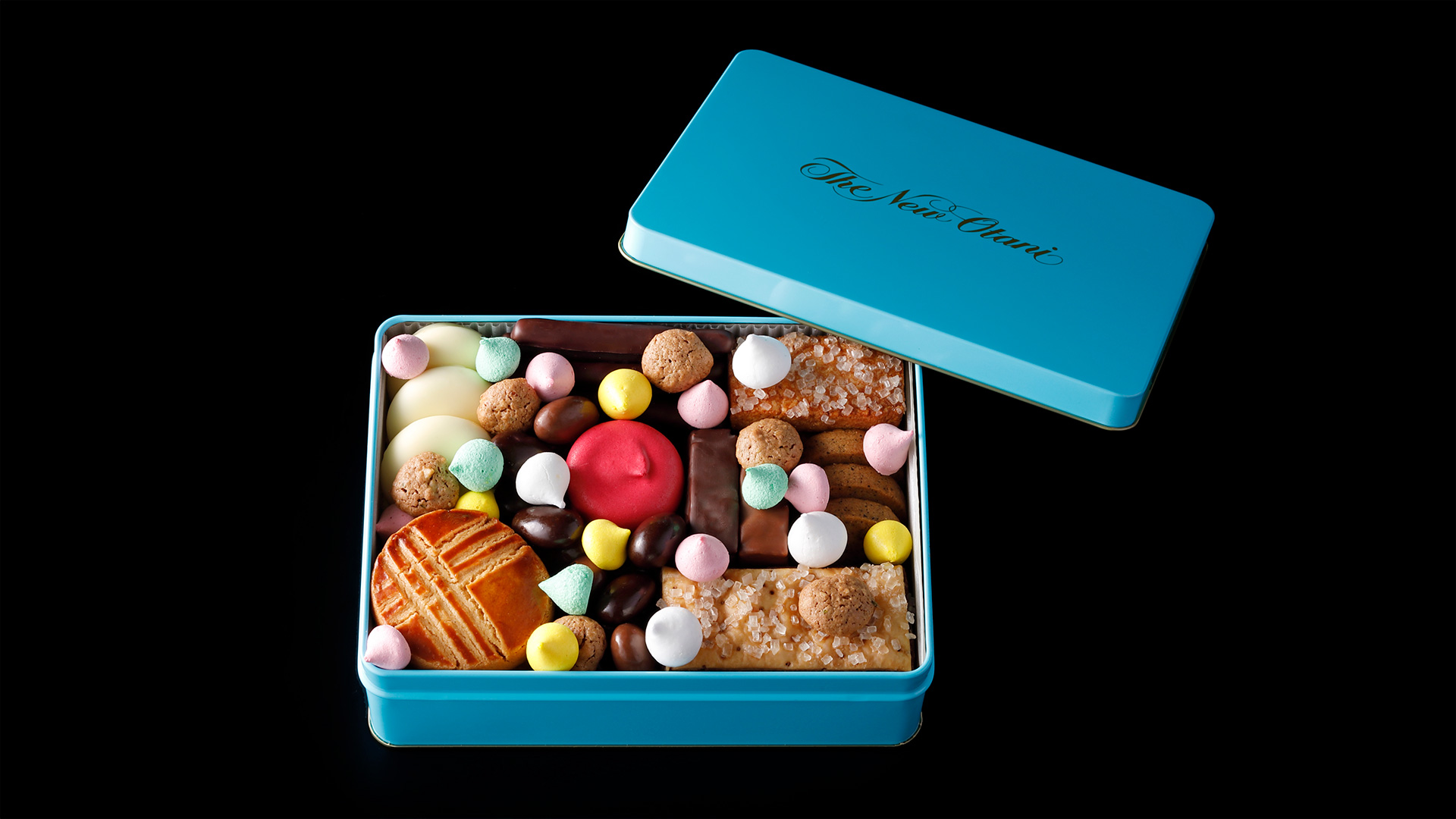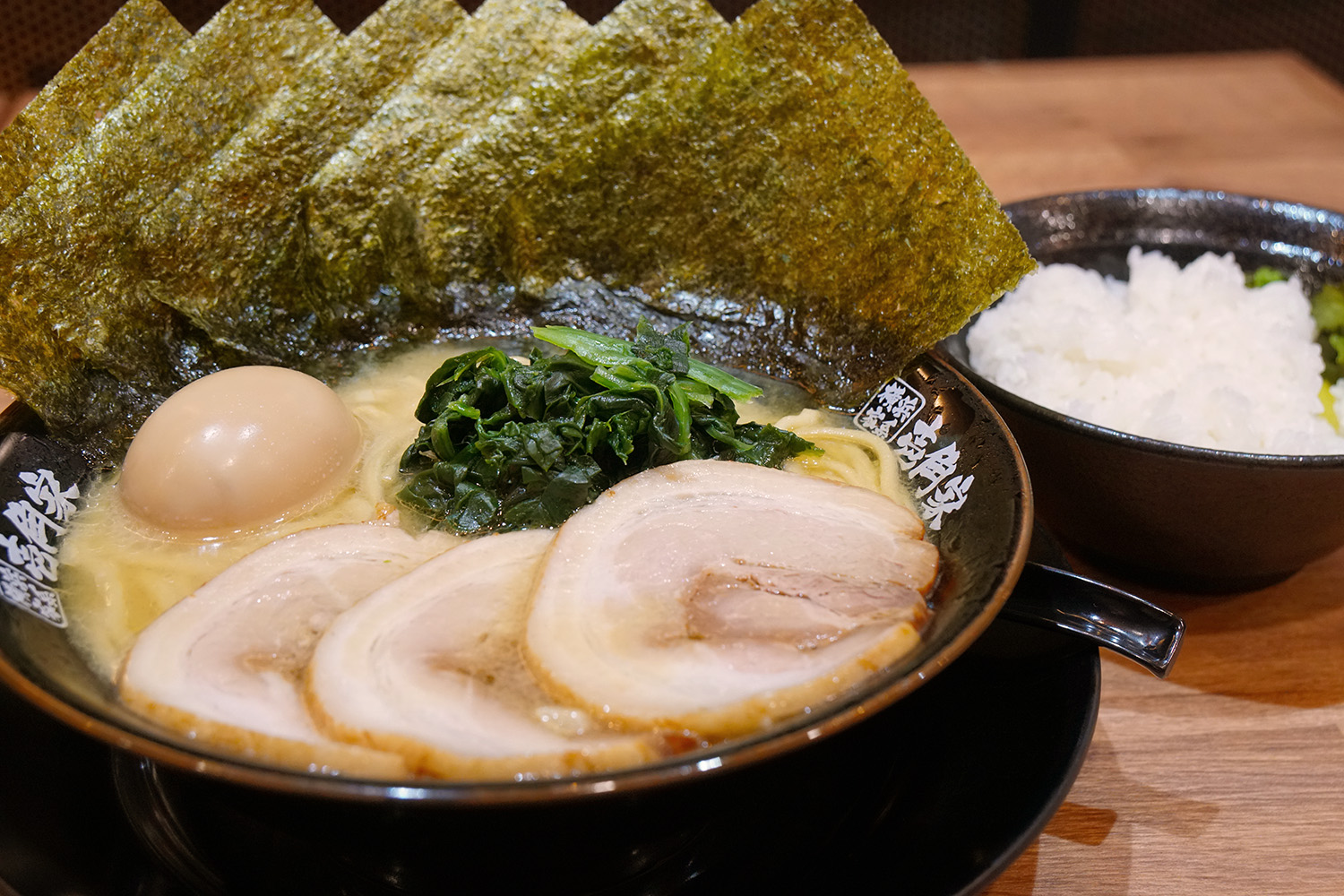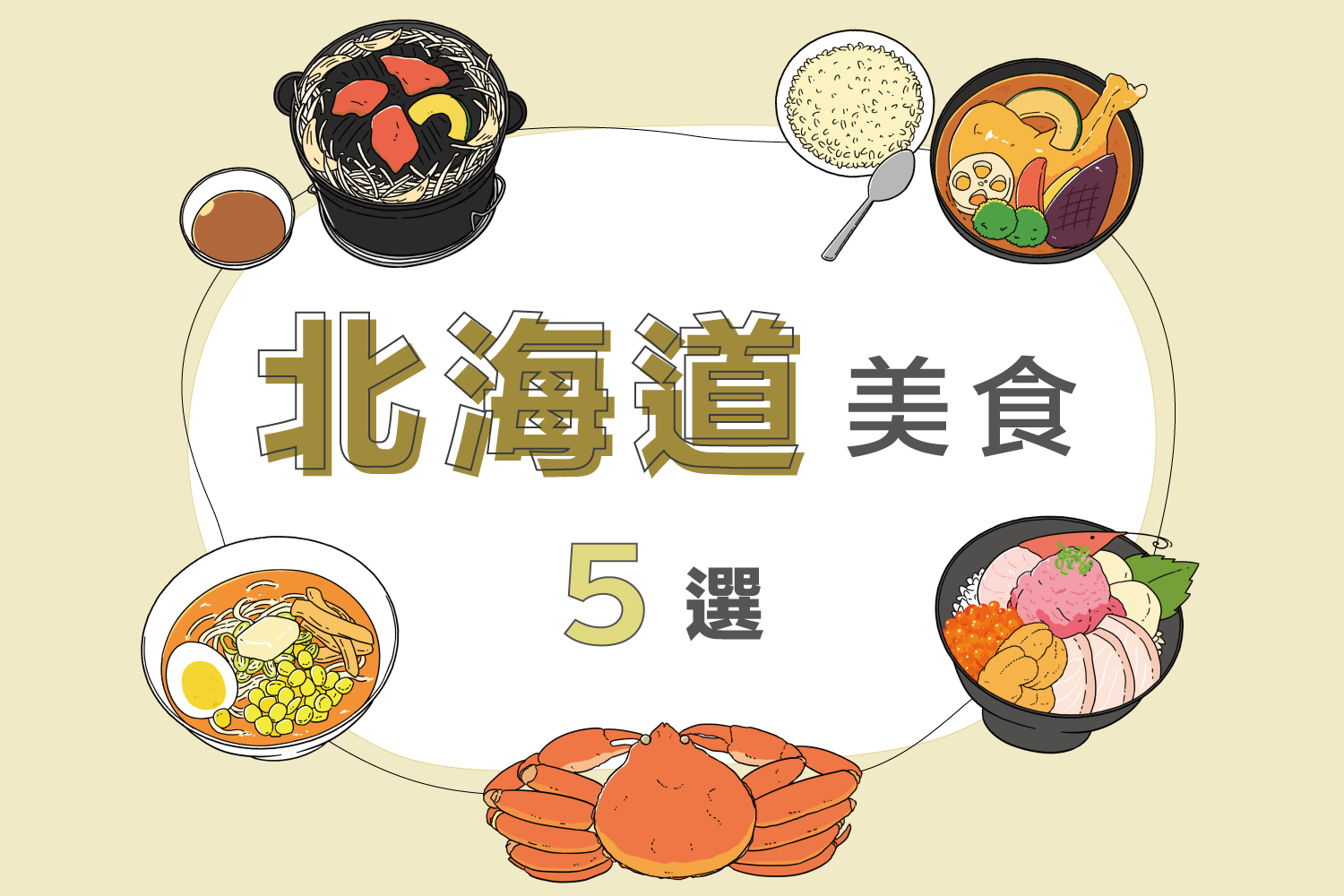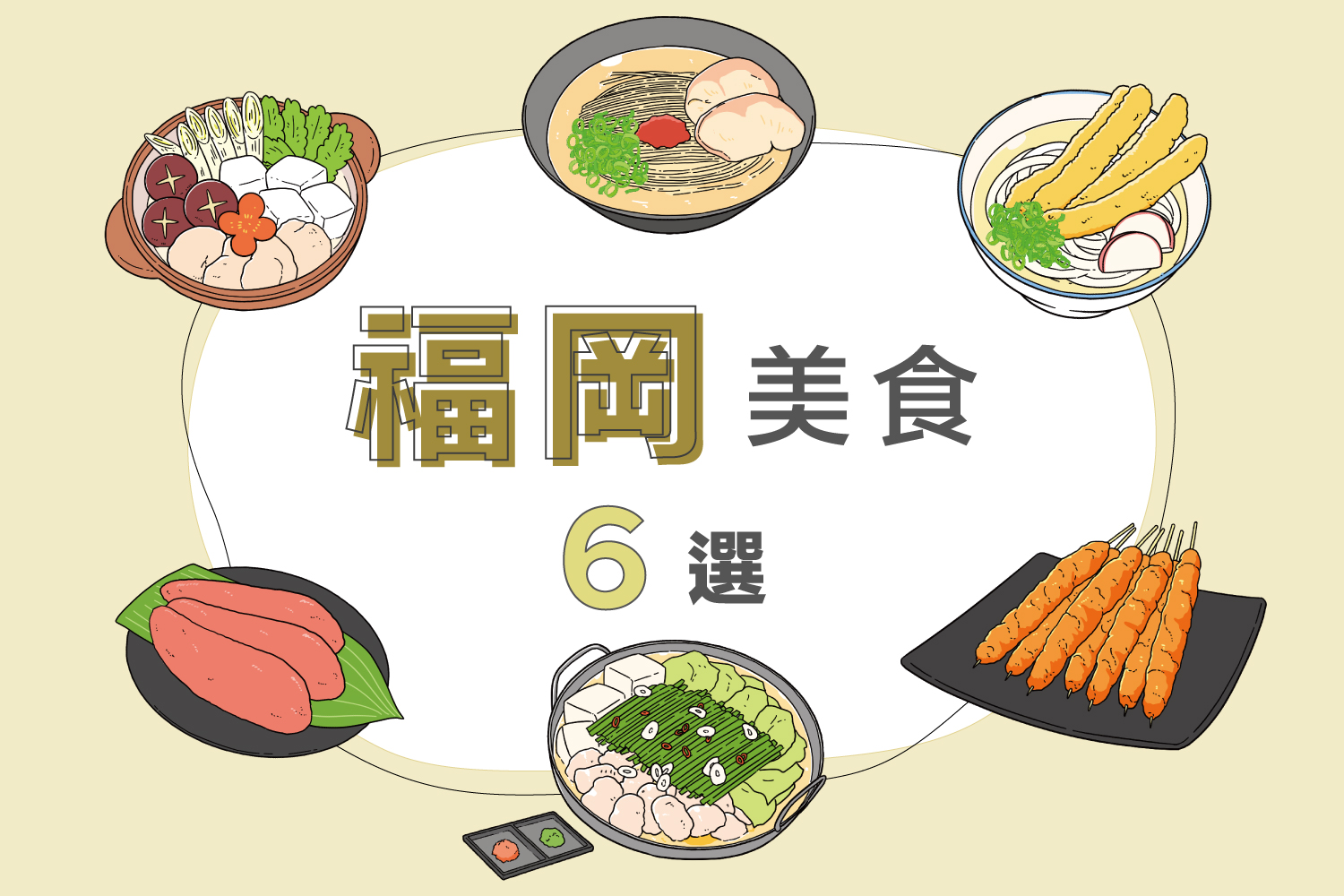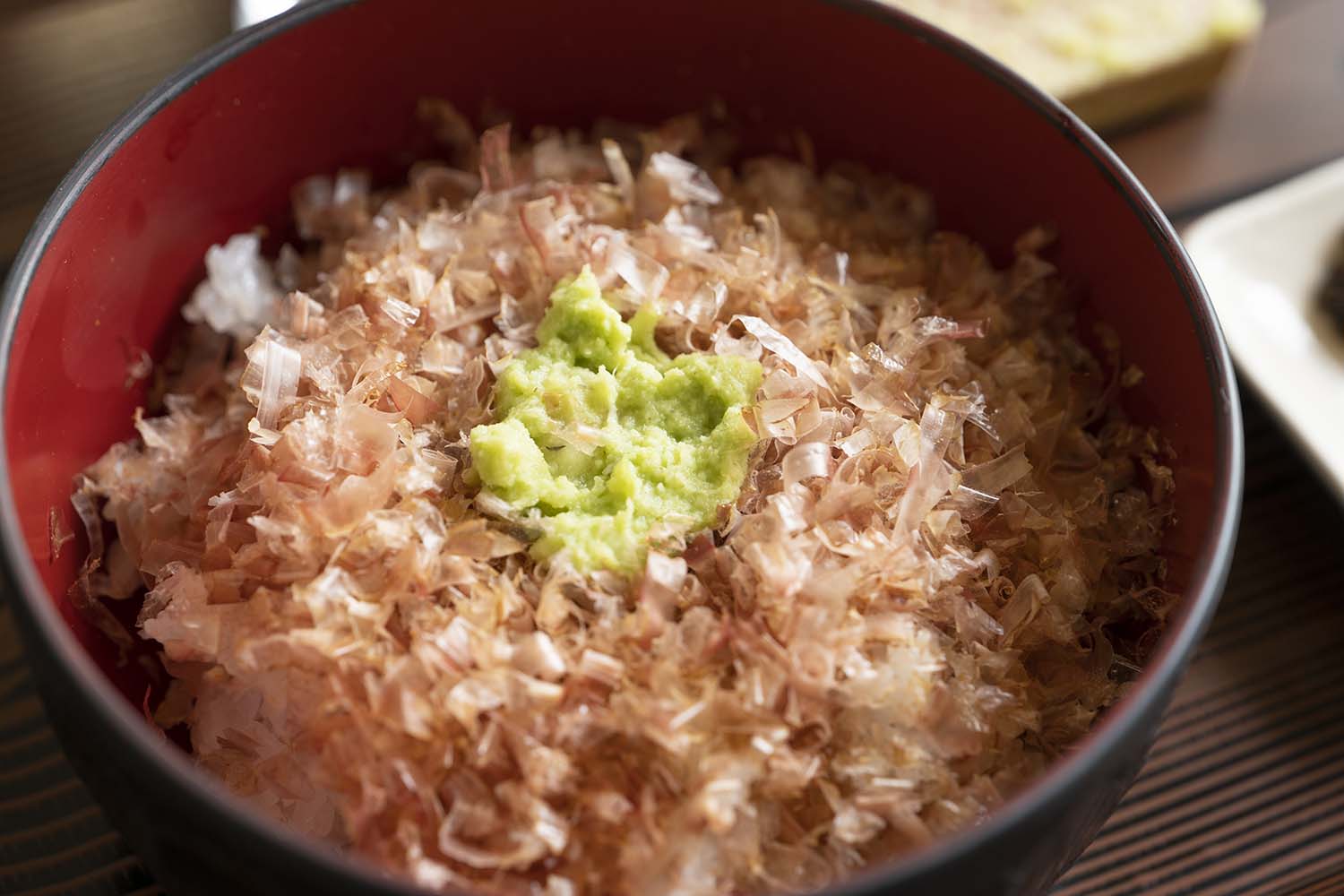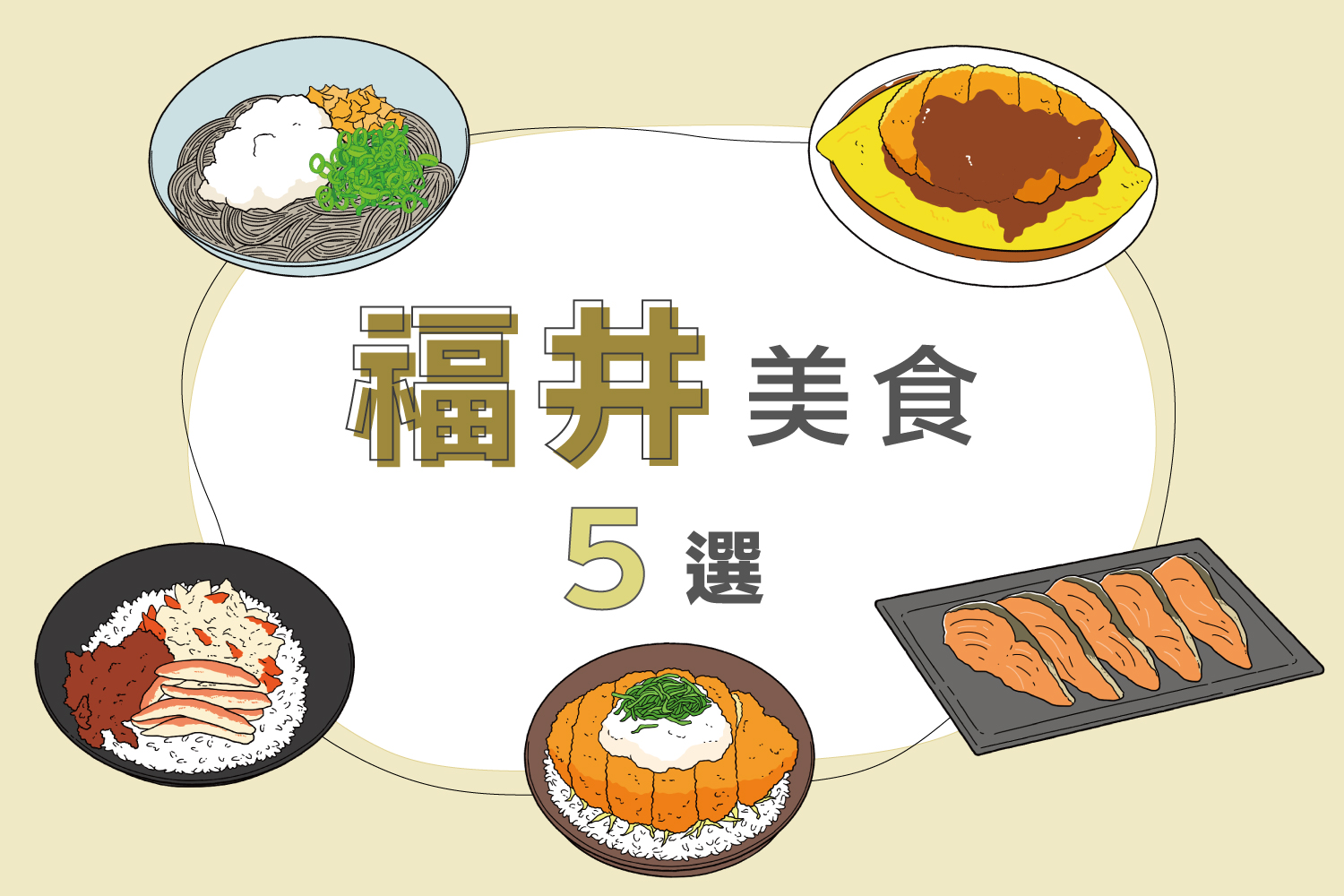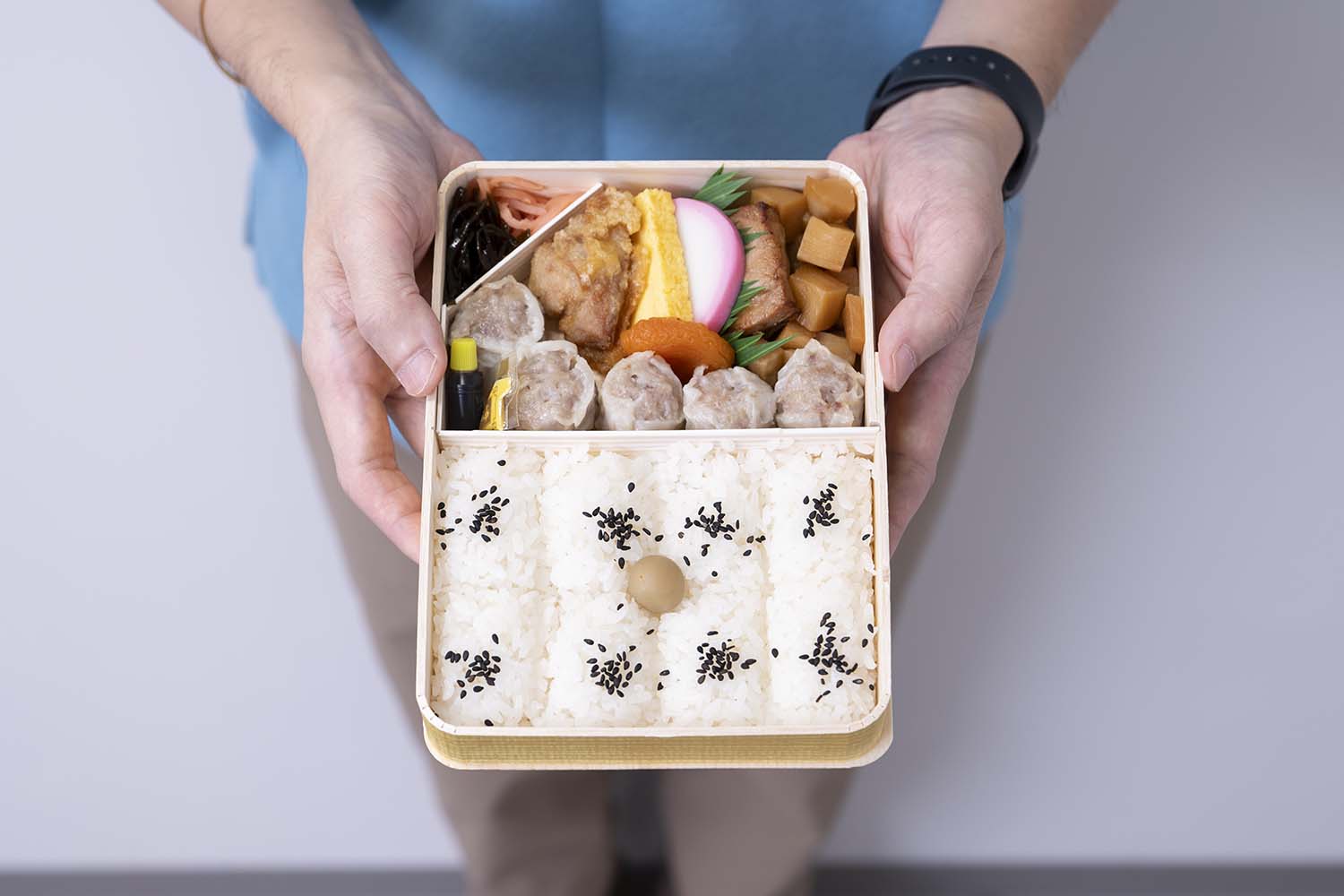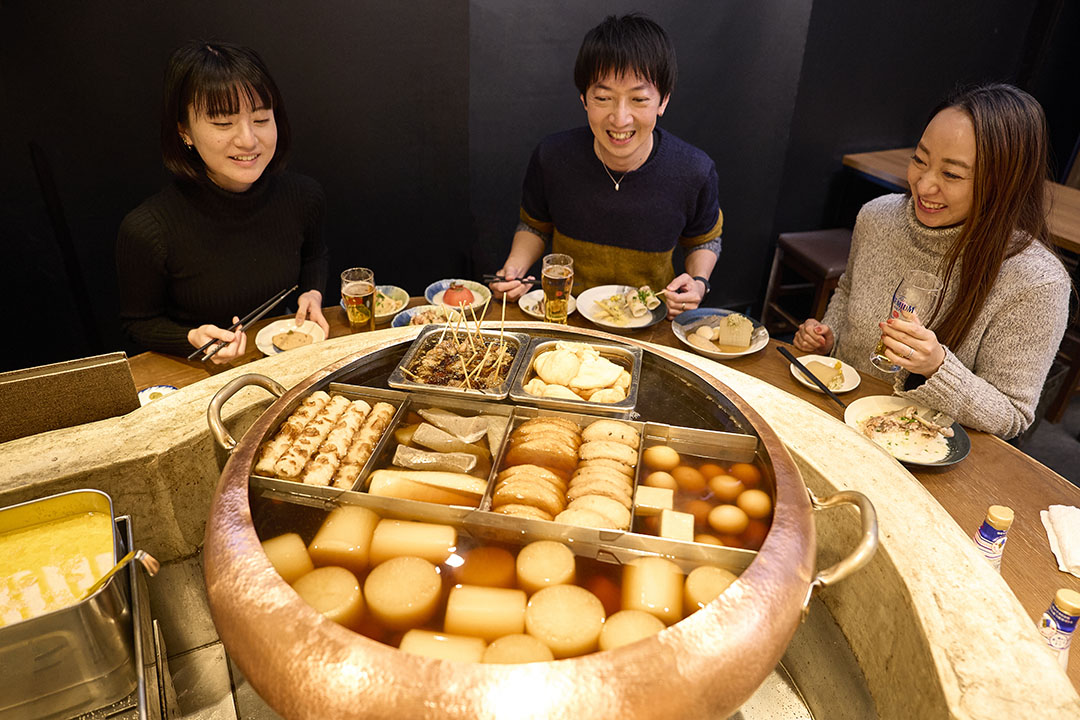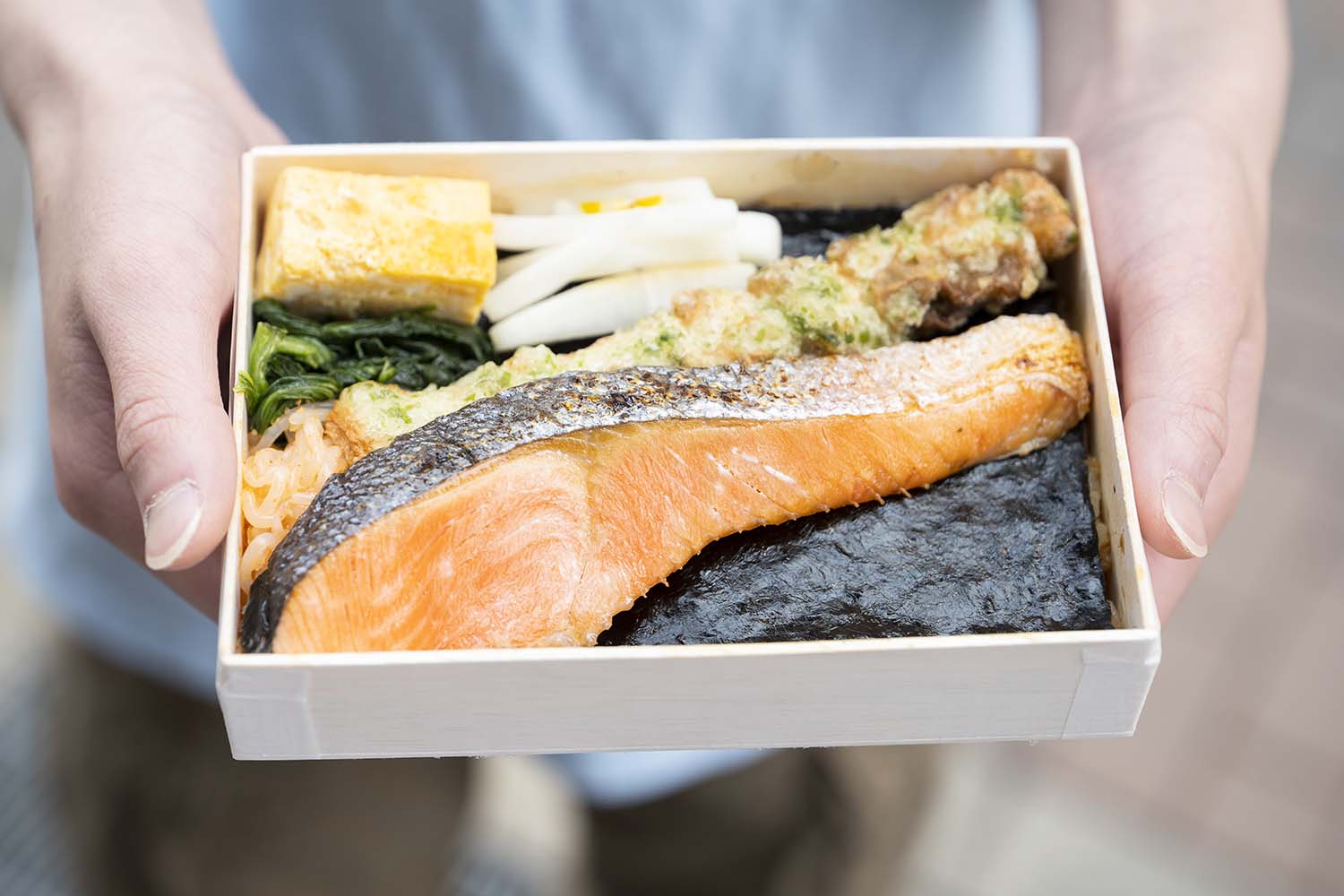
How to eat Japanese bentos | Savor the peak of family cuisine at Noriben Yamanobori
Japan’s traditional portable bento meals have influenced dining around the globe, with the phrase “bento box” now being commonly recognized. Among Japan’s diverse types of bento, noriben stands out as a true classic. In this simple favorite, a sheet of nori seaweed is laid out on a bed of rice, and topped with various side dishes. Lately, noriben made with specially selected ingredients are making waves in Japan’s food scene. Mr WAGATSUMA Yoshikazu, the president of Noriben Yamanobori, is credited with starting this trend. For this article, Taiwanese author Mr Riichi Chang interviews Mr Wagatsuma to learn more about the simple, yet profound art of noriben.
share:
Table of Contents
Lines formed for Noriben Yamanobori at Ginza Six
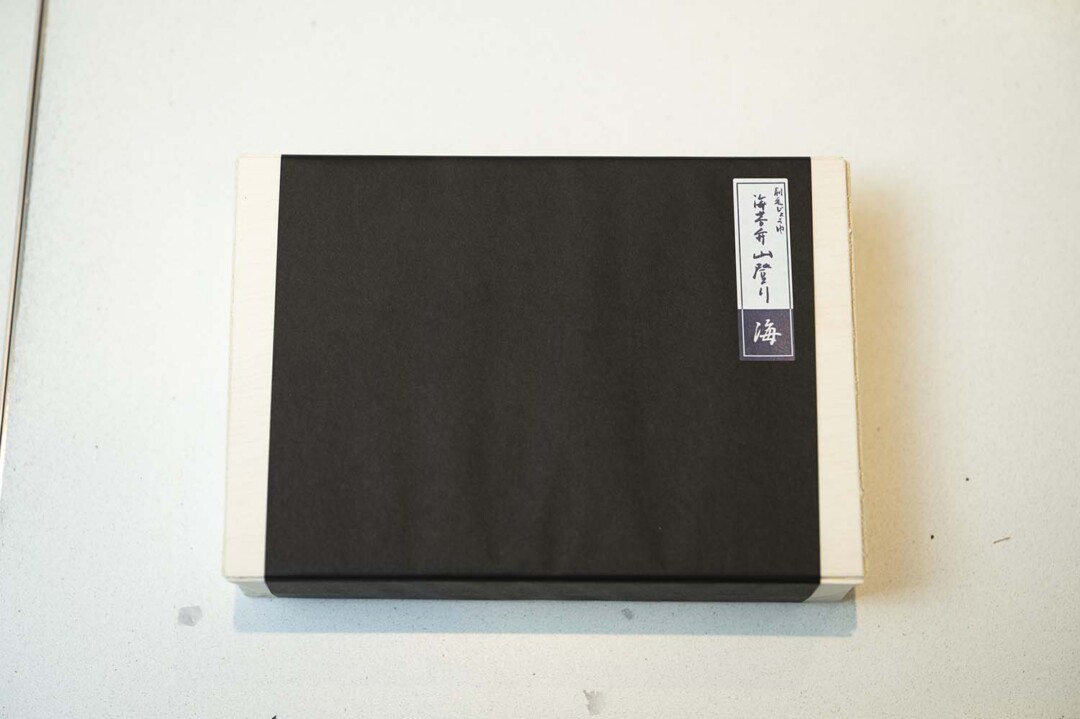
Bento holds an important place in Japan’s culinary culture. You could say that bento is Japan’s version of the lunchbox. Among the varieties of bento, noriben is a true classic, and is so prevalent that practically every Japanese person has had one at some time or another. A sheet of nori seaweed is laid out on a bed of rice, then topped with side dishes such as yakizakana (roasted fish), agemono (deep fried items), and ohitashi (blanched vegetables).
As noriben is typically the most reasonably priced bento in the shop, it’s a bit difficult to imagine one as a special menu item. In April, 2017, Hakejoyu Noriben Yamanobori opened its first shop in Ginza Six, located in Ginza, Tokyo… and completely updated our perception of this classic bento.
Normally, you can expect to pay less than 400 yen for a noriben. And yet, despite high prices exceeding 1,000 yen for Noriben Umi, the shop’s signature dish which is carefully prepared by hand using specially-selected ingredients, popularity is evident by the queues that form after opening every day. Noriben Yamanobori has now established six shops throughout Tokyo, and, as of July 2022, has even overcome numerous popular brands to secure the top sales amidst the heated ekiben (station bento) competition of Tokyo Station.
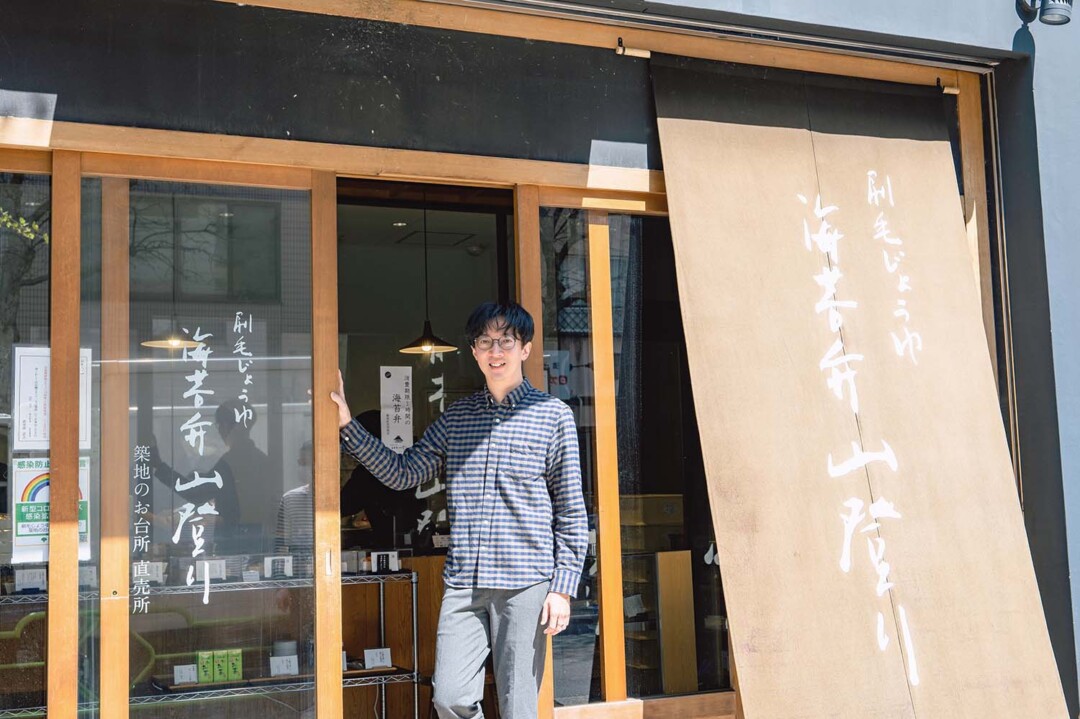
For this article, goodie foodie partner and Tokyo resident Taiwanese author, Mr Chang, has visited Noriben Yamanobori’s Tsukiji head shop to interview Mr Wagatsuma, the president of Noriben Yamanobori, and learn more about the thoughts behind Noriben Umi.
It began with planning inflight meals for JAL
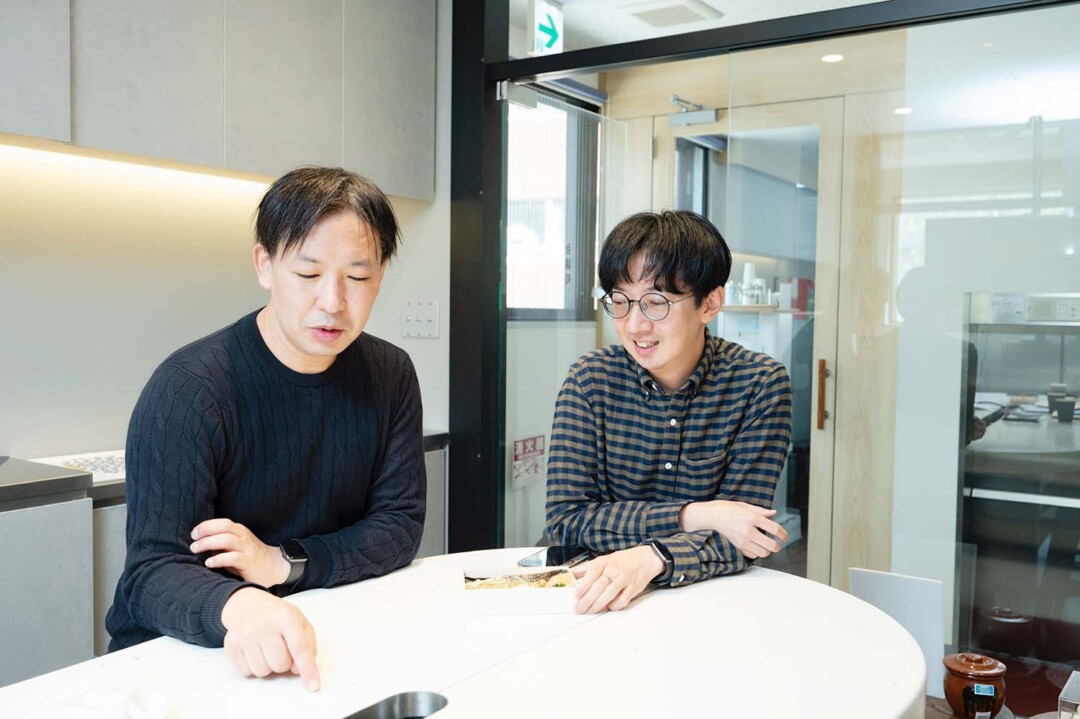
Wagatsuma: It started as an inflight meal plan. This would be the last Japanese food enjoyed by visitors during a trip to Japan, so we thought, “What Japanese food can’t be found in other countries?” The answer was noriben. I originally belonged to a company called Smiles, which operates Soup Stock Tokyo, a soup specialty shop. I later started Noriben Yamanobori as a new venture within Smiles.
Chang: I often visit Soup Stock Tokyo, and I also often pass by Noriben Yamanobori’s Tsukiji Main Shop.

Wagatsuma: Really? I’m glad to know. By the way, Chang-san, have you ever gone to a Japanese convenience store to buy a bento?
Chang: Yes, of course.
Wagatsuma: What do they ask you at the checkout counter?
Chang: Would you like this warmed?
Wagatsuma: That’s right. But, as you might know, a bento is not really intended to be heated…
Our concept: “Cold, but with warmth”
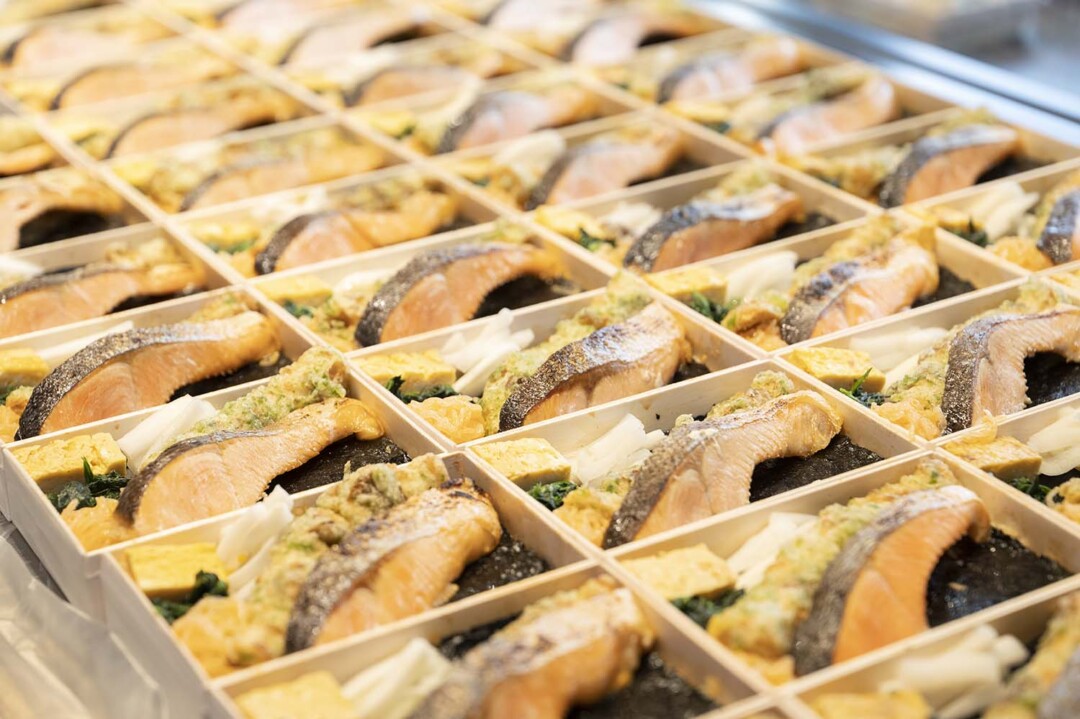
Noriben Yamanobori’s concept is “Cold, but with warmth”, with cooking techniques honed in search of the best possible flavors when enjoyed cold. In other words, the antithesis of the modern bento. Noriben Yamanobori’s products seek to bring back Japan’s bento culture from the old days.
Wagatsuma: We are trying to create “warmth”, but not by the physical definition. The bento is originally not something to buy from a store, rather, it is something made by your family which you take with you as you leave home. As they make it, the cook thinks of the person who will eat the bento. You might call this a psychological warmth. That’s why it shouldn’t be warmed in a microwave. When you think of bento in this way, you’ll realize that a true family bento is a rare thing indeed in this world. With that in mind, we made it our mission to take Noriben Yamanobori to the highest peak of family cookery.
(Editor’s note: “Yamanobori” literally means “mountain climbing.”)
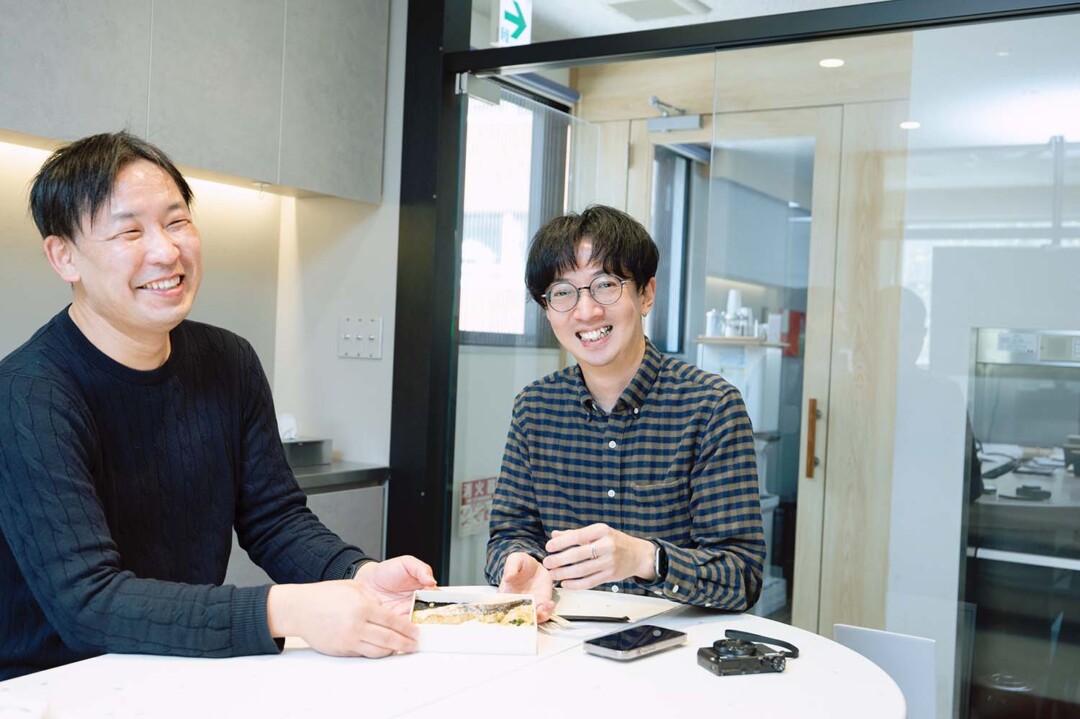
Chang: Did you know that they’ve been selling obento at Taipei Station since long ago?
Wagatsuma: There are bento in Taiwan, too?
Chang: It’s rice topped with side dishes in a take-out format, but it’s not the same style as Japanese bento.
Wagatsuma: How interesting. We’ve spared no effort to bring out the authentic spirit of bento cooking in the rice, and each individual side dish. Please take your time and enjoy.
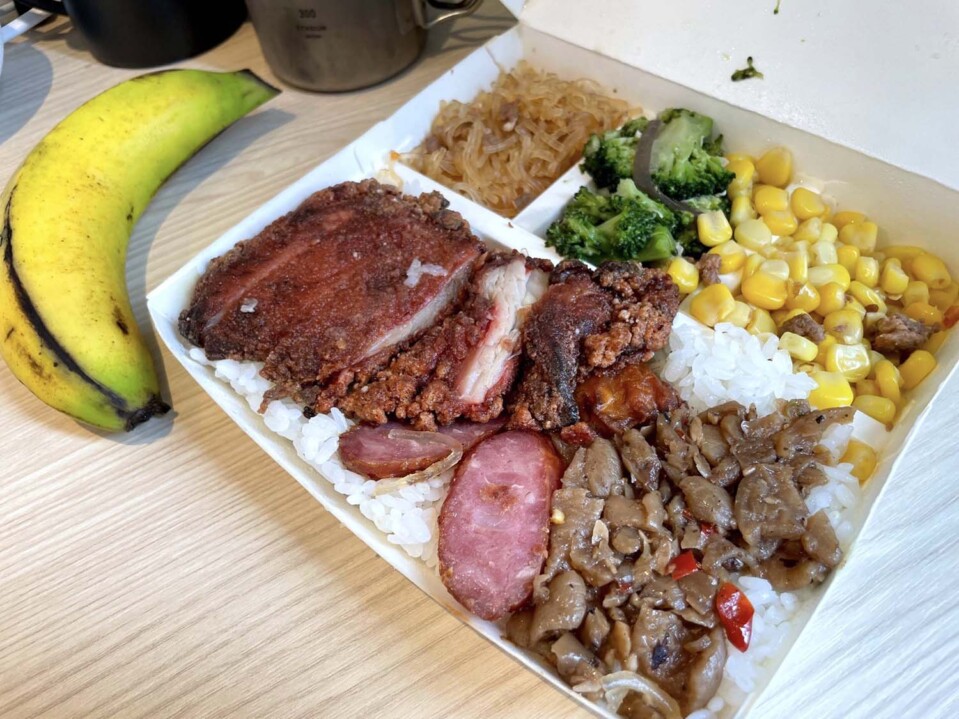
A typical bento in Taiwan, topped with side dishes
The fragrance of first-picked Ariake Nori makes all the difference
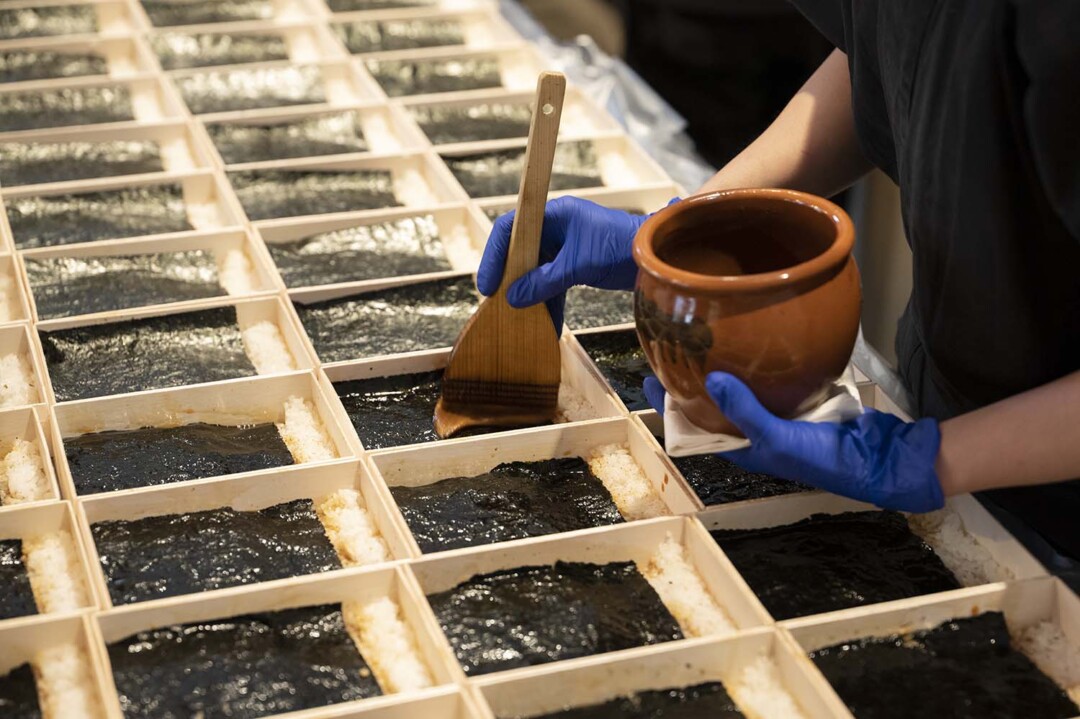
For this article, we visited the Noriben Yamanobori Tsukiji Main Shop to try their signature bento, Noriben Umi. The bed of rice is topped with katsuobushi (dried, shaved bonito flakes) and nori seaweed, brushed with plenty of specially-blended soy sauce, then topped with yakisake (roast salmon) and chikuwa no isobe-age (fish cake fried in nori seaweed tempura batter). On the side, the bento is further decorated with tamagoyaki (Japanese omelet), horenso namuru (namul-style spinach), yuzu daikon (daikon radish pickled with yuzu Japanese citron rind), and shirataki (noodles made from konjac yam starch) dressed in mentaiko (spicy salted cod roe).
Our first surprise was how smoothly the tips of our chopsticks passed through the layer of toasted nori. There is actually quite a remarkable process behind this.
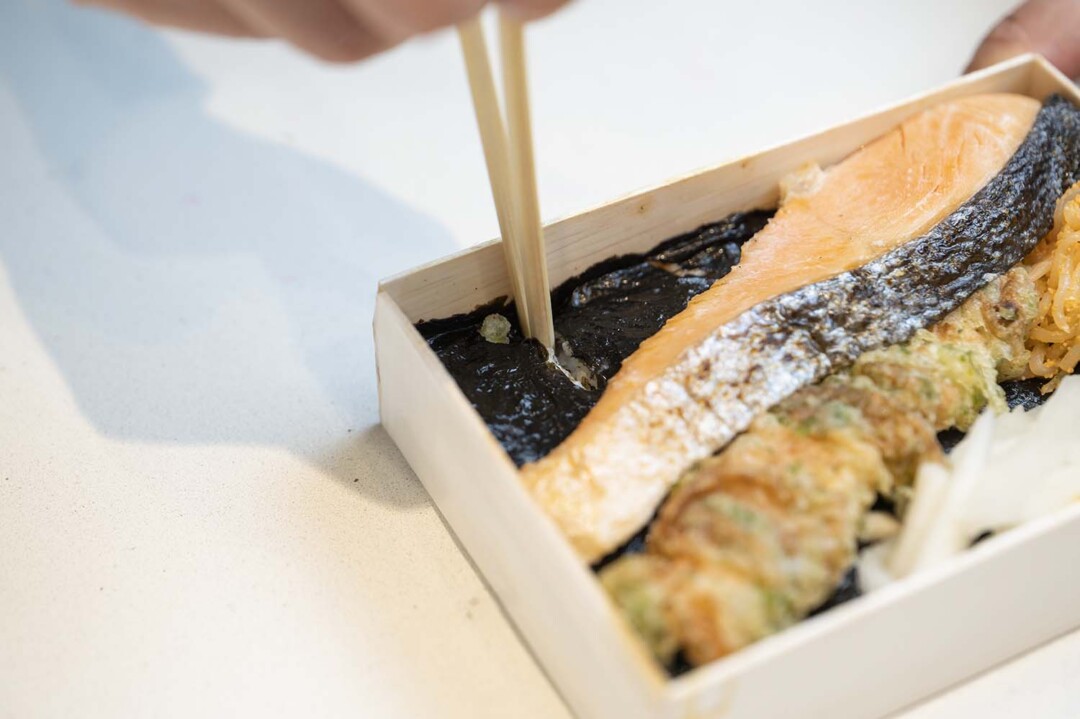
Wagatsuma: We have to take special pride in the nori… it’s in the name of the dish, after all. Ours is sourced from Ariake, a region in northwest Kyushu renowned for its nori production, and we use only the first-picked harvest from each year. We are essentially using the first leaves of the plant, which are so tender that they melt in your mouth, and chopsticks pass through with no resistance. Our special nori is commonly known as “ao-maze”, and is actually a susabi nori (a species of purple laver), which has natural aonori (green laver) attached. As only the top percent of nori produced in the Ariake Sea falls into this category, it is quite the luxury product, and offers an unmatched fragrance.
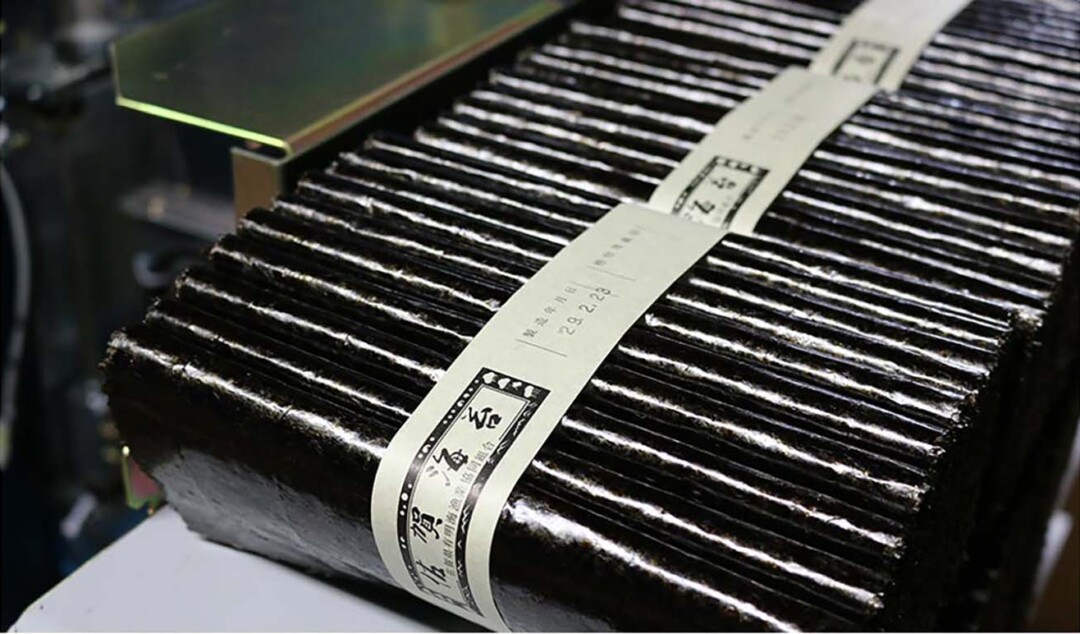
Chang: Yes indeed, this nori seems completely different to what I’m used to having in convenience store onigiri (rice balls). Have you used a special rice, too?
Wagatsuma: Thank you for asking! We use a very rare variety of Sasanishiki rice produced in Miyagi prefecture. Unlike most varieties of Koshihikari, which are quite sticky, it tends to incorporate air and cook up light and fluffy, which keeps it from becoming grainy and stiff as it cools. This is the same rice used by three-star sushi chefs.
Chang: I’m so happy to know the context of these ingredients as I enjoy the bento.

Wagatsuma: We lay out a bed of fully, freshly-cooked Sasanishiki rice, top with katsuobushi and nori, then brush the top of the nori with soy sauce. We repeat this process twice, so there are actually two layers of nori. We do this every day without machinery, all by hand.
Enjoy a shinkansen trip to the fullest with Noriben Yamanobori

Mr Wagatsuma went on to tell us more about the special attention they give to each bento.
First, they purchase salmon through a special route, which minimizes processing such as freezing and defrosting. The salmon is first steamed to perfection, then seared under a burner, in a re-creation of old-day style. The resulting salmon is plump, juicy, and utterly sumptuous.
The tamagoyaki is another masterpiece, also painstakingly made daily by hand. The toasty bits around the edges evoke memories of home cooking. And there is a secret ingredient to season the namul-style spinach…
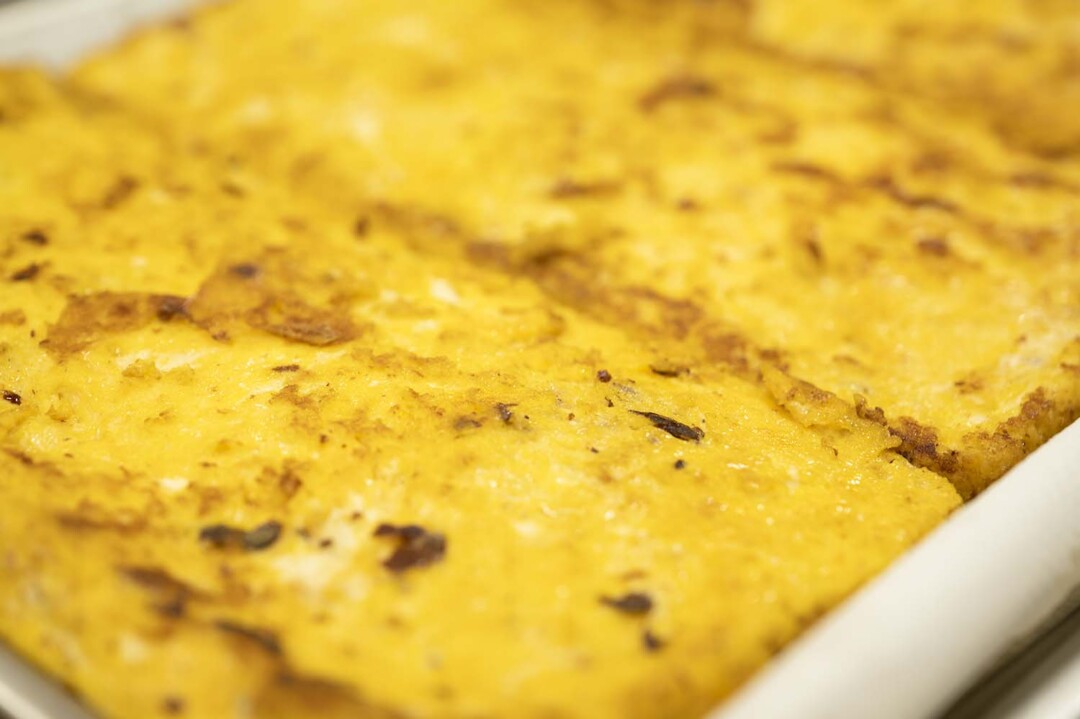
Chang: You can really taste the authenticity of Japanese cuisine. I think this will also be very popular with visitors from overseas.
Wagatsuma: Thank you. We have done our utmost to reach the highest peak of Japan’s humble homestyle bento with our noriben. It’s an honor to represent Japanese cuisine to visitors from around the world.
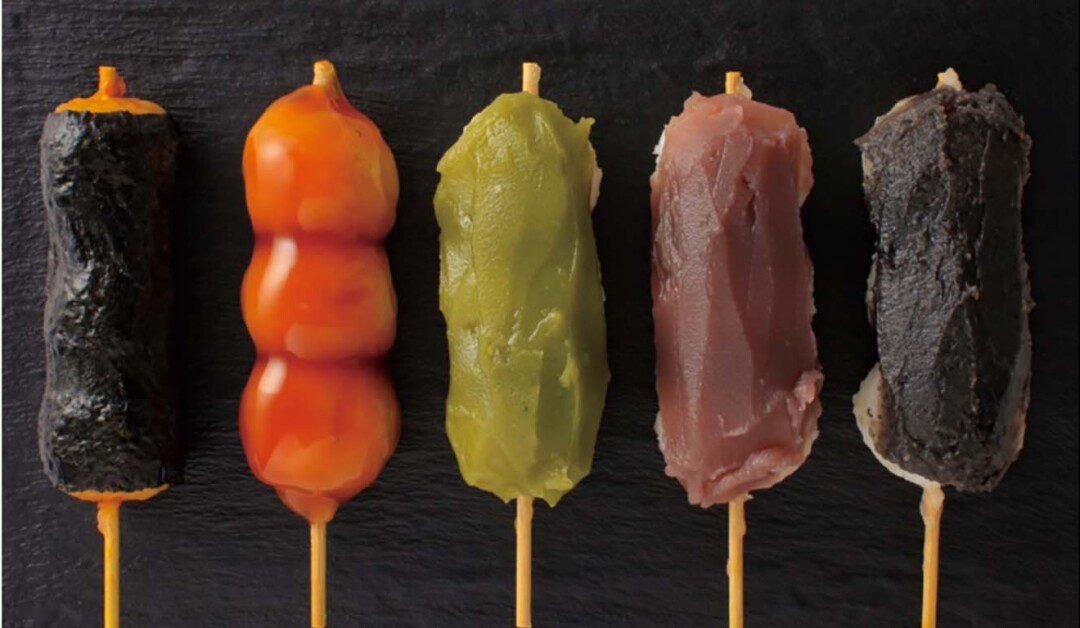
In addition to Ginza Six, Noriben Yamanobori has locations in Tsukiji, Tokyo Station, Shimbashi Station, Ueno Station, and Shinagawa Station, which are conveniently accessible to tourists. They also plan to open in early summer 2023. At the shop inside Shimbashi Station, visitors can also enjoy a variety pack of odango (sweet skewered rice dumplings, pictured above), which are also freshly made on site daily. The next time you take a shinkansen from Tokyo, how about making the experience extra special with one of these remarkable noriben?
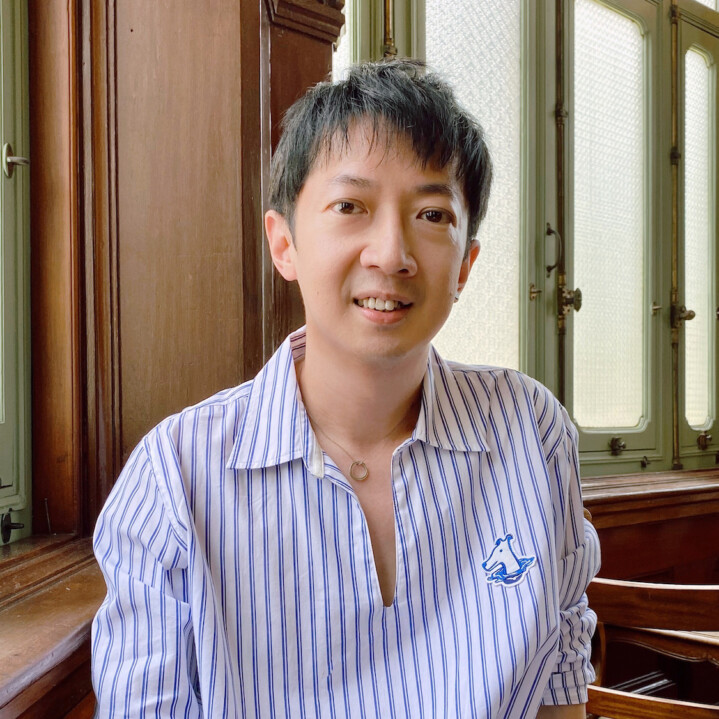
【Navigator】Riichi Chang(張維中)
Author and columnist. Born in Taipei, Taiwan. Made his writing debut as a novelist in 1997.
【Riichi Chang’s post-interview comments】
When I lived in Taiwan, bento was an ordinary day-to-day food, but since traveling to Japan, I’ve realized how the bento provides an integral background to daily life. Anywhere you visit, and at any bento shop you might find, you’re guaranteed to find a special bento on offer. Japanese bento are normally eaten cold, and are just as delicious after they cool down. For this article, we visited Noriben Yamanobori, a specialty bento shop, and came to appreciate the painstaking detail that goes into a truly delicious bento, from the selection of ingredients to the cooking methods. It’s no exaggeration to say that the Japanese bento is a form of art. I think that the humble bento box truly encapsulates Japanese culture.
* The published information is current as of April 2023. Prices and other details are subject to change.
Hakejoyu Noriben Yamanobori opened its first shop in Ginza Six in April 2017. With a mission to seek the highest peak of family bento cookery, they spare no effort to source carefully-selected ingredients for their signature *noriben*. Word has spread, and lines form day after day for this highly popular shop. The concept is “Cold, but with warmth”. Evoking a certain nostalgia, their *noriben* have proven highly successful, with expansions in six locations throughout Tokyo. Noriben Yamanobori Tsukiji Main Shop kindly provided the venue for this article.
share:














